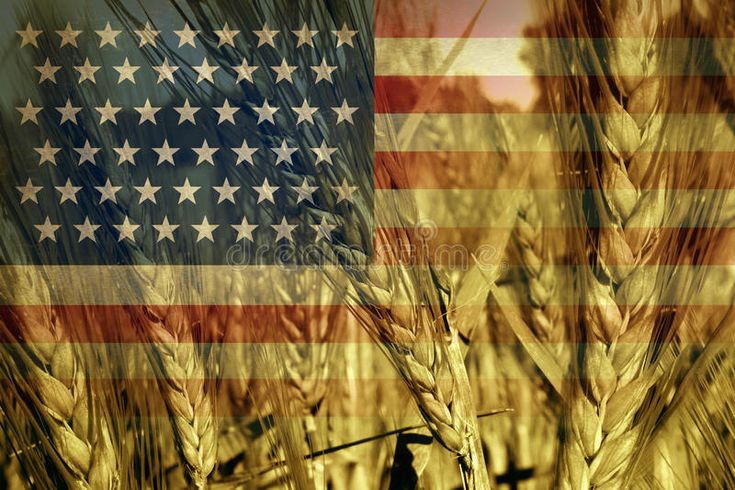Finding the Best American Land for Agriculture: Revealing the Fertile Bounty

Introduction:
For centuries, the United States has relied heavily on agriculture as its primary source of wealth and sustenance. Farming opportunities are abundant due to the variety of landscapes found throughout the nation. We will examine some of the top agricultural lands in the US in this post, taking into account things like soil quality, climate, and local specialties.
Corn Belt in the Midwest:
The Corn Belt, also known as the American heartland, includes states like Iowa, Illinois, and Indiana. This area is ideal for growing corn and soybeans because of its nutrient-rich soils, especially the rich and deep Mollisols. Enough rainfall coupled with a temperate climate makes for ideal growing conditions for high-yield crops.
California's Central Valley:
The Central Valley of California is a major agricultural producer, providing a good amount of the fruits, vegetables, and nuts consumed in the country. Agriculture is made possible all year round by the Mediterranean climate and a sophisticated irrigation system. The valley is a vital component of the country's food supply because of its loamy soils, which are suitable for crops like tomatoes, grapes, and almonds.
Minnesota, North Dakota, and the Red River Valley:
Wheat is best grown in the Red River Valley because of its rich, dark soils. Spring wheat and barley thrive in this area because of the region's mild winters and consistent rainfall. This region's rich, fertile soil has grown over centuries, benefiting farmers and contributing significantly to the country's wheat production.
Delta of the Mississippi
Rice and cotton are grown extensively in the Mississippi Delta due to its rich alluvial soils, which have been enhanced by centuries of sediment deposition. Farmers are able to produce multiple crops annually due to the long growing season made possible by the warm and humid climate. The nation's rice and textile industries depend heavily on this region.
The Columbia Basin in Washington:
The Columbia Basin is a notable agricultural oasis in the arid western United States. Numerous crops, such as grapes, potatoes, and apples, are supported by irrigation from the Columbia River. This area makes a substantial contribution to the country's fruit and vegetable production because of the special advantages that the volcanic soil in this region offers for some specialty crops.
What we found from this article:
Choosing the best land for agriculture involves a careful consideration of various factors, and the United States offers a plethora of options for farmers across the nation. From the vast cornfields of the Midwest to the orchards of Washington, each region brings its own unique contribution to the nation's agricultural landscape.
When embarking on agricultural ventures, it's essential for farmers to assess not only the soil quality and climate but also market demands and regional specialties. By doing so, they can optimize their productivity and contribute to the sustainable growth of the agricultural sector.
In conclusion, the United States is blessed with a diverse range of agricultural landscapes, each with its strengths and specialties. These rich lands are going to be essential to the continued innovation and adaptation of farmers to changing conditions, which will guarantee a strong and sustainable future for American agriculture.
Comments
Post a Comment